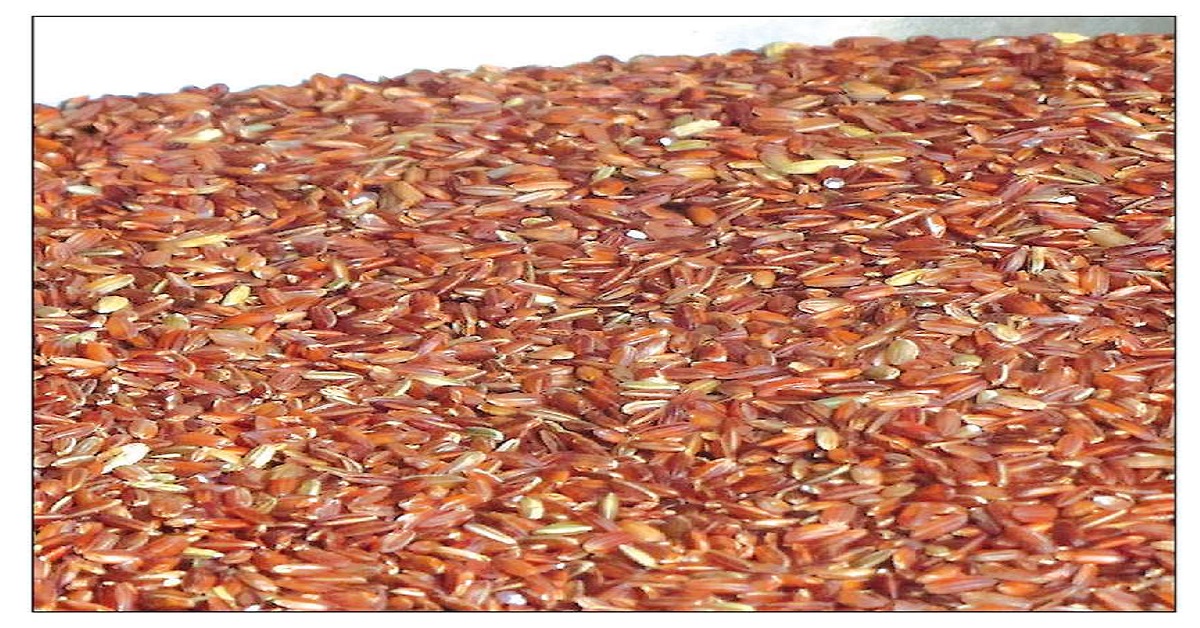
Making the most of Marsi
The rice qualifies to receive the benefits of Geographical Indications protection
It is amusing how anything and everything in the country gets sensationalized when discussed in a political light. A recent example is that of Jumli Marsi--a unique red rice. Thanks to the much-publicised pictures of our political elites savour-ing Marsi, demand for this otherwise little-known variety of rice has reportedly been soaring lately. However, despite all the limelight this rare rice form has been enjoying, what is sadly missing from the discourse is its potential as an exclusive consumer product in national and international trade if it were to receive protection as a Geographical Indication (GI).
Geographical Indications, as defined by the World Intellectual Property Organisation (WIPO) are labels used on products that have 'a specific geographical origin and possess qualities or a reputation that are due to that origin'. Along with serving to identify products as originating in a particular place and informing consumers of the same, GIs indicate a clear link between the 'qualities, characteristics or reputation' of the products and such place of origin. Cuban cigars, champagne, and Parma Ham are some examples of popular GIs protected around the world.
As for the Marshi, it is an atypical variety of rice known for its reddish color, comparatively sweet taste, and high nutritional value. Such unique features that are attributable to the record high elevations and cold climate of Jumla where the Marsi is grown, qualifies the rice to receive legal protection as a Geographical Indication. In the same vein, a number of other Nepali agricultural and artisanal products native to various geographical regions of the country measure up to the qualifications required for GI protection. Illam Tea, for example, is a product that already carries an established reputation in domestic and international markets for its distinct flavor and aroma attributable to 11lam, its geographical place of origin.
The benefits of GI protection are manifold. From a trade perspective, a GI tag confers upon beneficiaries the exclusive right to use this distinctive designation, granting the product additional economic value and preventing inappropriate use of the GI by unauthorized parties marketing like products. Protecting the Jumli Marsi with a GI tag would bar producers outside the Jumla region from selling spurious rice varieties as Marshi. Such exclusivity, in turn,
helps keep a check on product quality.
With the boost GIs provide to local trade, commerce, and tourism, they can also serve as tools for generating means of local employment for people in the registered GI regions. What is more, GIs can also help promote values of environmental stewardship and foster local culture and traditions. Handicraft products, for instance, when protected as GIs can serve to nurture and protect the socio-cultural property embodied in indigenous knowledge or traditional and artisanal skills that are valued forms of expression unique to particular communities.
Broadly speaking, GIs are protected in different countries and regions through national laws that draw on a wide variety of approaches developed in accordance with the legal traditions and socio-economic profiles of the countries. Although, as a member state of the World Trade Organisation since 2004, Nepal is now part of the liberal economic order that now binds most of the world, the government has not enacted any national laws for the protection of GIs. Notably, the obligation to protect GIs, along with other forms of intellectual property such as Copyright and Patent, is also stipulated under the WTO's agreement on the Trade-Related Aspects of Intellectual Property Rights (TRIPS) which sets out minimum standards of protection with which member states must comply.
Nepal's National Intellectual Property Policy of 2017 provides that the government will be enacting national legislation to protect GIs along with various other forms of intellectual property such as traditional knowledge and plant variety protection, but the government has not taken any significant action to that end.
While the protection of GIs, in particular, remains an area completely overlooked by the government, the general protection and enforcement of intellectual property rights in Nepal is both inadequate and feeble. National legislation dealing wholly with intellectual property rights is still limited to two main statutes -the Copyright Act of 2002 and the Patent, Design, and Trademark Act of 1965-both of which have proven grossly ineffective and archaic. The country ranks poorly in the International Property Rights Index- it has been ranked 83rd out of 125 countries as of 2018. Enacting national legislation to protect GIs, in this context, would not only prove to be a significant step forward in strengthening intellectual property rights protection in Nepal but also contribute towards overturning the country's gaping trade deficit.
Author: SUDESHNA THAPA
(The author holds an LLM in International Human Rights Law from Lund University, Sweden [email protected]).
(This article also published on The Kathmandu Post).




